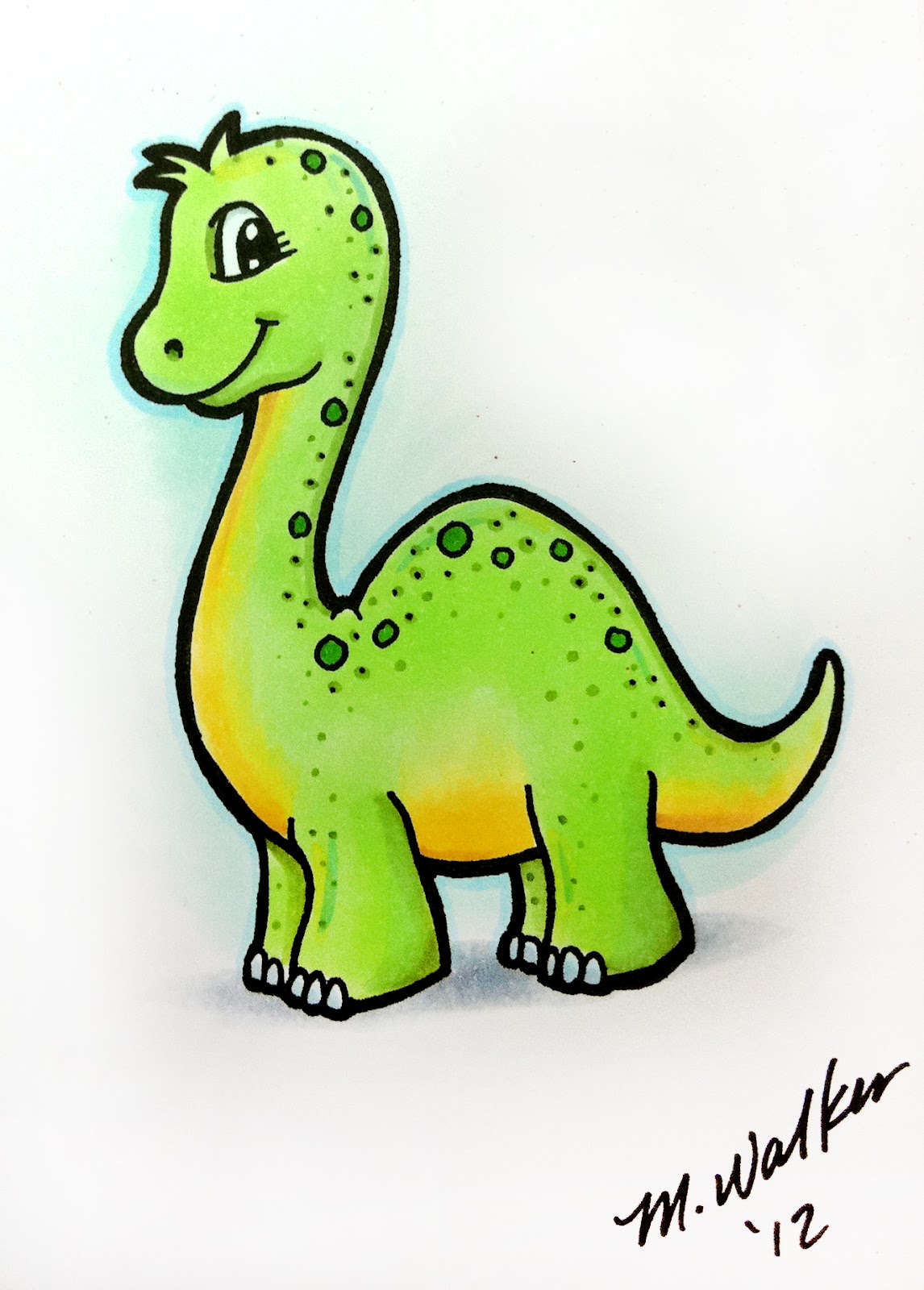Dinosaur Drawing: A Comprehensive Guide To Capturing The Majestic Creatures Of The Past
Dinosaur drawing is a fascinating art form that allows enthusiasts and artists alike to bring to life the majestic creatures that once roamed our planet. Whether you are a beginner looking to explore your artistic side or an experienced artist seeking to refine your skills, understanding the nuances of dinosaur drawing is essential. In this article, we will delve into the techniques, styles, and tips to help you create stunning dinosaur illustrations that capture their grandeur and intricacies.
As we embark on this artistic journey, we will explore various aspects of dinosaur drawing, including the history of dinosaurs, tips for creating realistic representations, and the different styles you can adopt. With the right tools and techniques, anyone can learn to draw these magnificent creatures. So, grab your sketchbook and let's dive into the world of dinosaur art!
In addition to practical drawing tips, we will also discuss the importance of understanding dinosaur anatomy, the role of color and texture in your artwork, and ways to inspire creativity in your dinosaur drawings. By the end of this article, you will have a comprehensive understanding of how to create breathtaking dinosaur illustrations that not only showcase your artistic skills but also educate viewers about these incredible animals.
Table of Contents
- The Fascinating History of Dinosaurs
- Understanding Dinosaur Anatomy
- Essential Tools for Dinosaur Drawing
- Techniques for Realistic Dinosaur Drawing
- Exploring Different Drawing Styles
- The Role of Color and Texture
- Finding Inspiration for Your Drawings
- Conclusion and Call to Action
The Fascinating History of Dinosaurs
Dinosaurs have captivated the imagination of people for centuries. From their discovery in the early 19th century to the modern-day fascination with their extinction, the history of dinosaurs is rich and varied. Here are some key points about their history:
- Dinosaurs first appeared during the Triassic period, around 230 million years ago.
- They dominated the Earth for over 160 million years, evolving into a variety of species.
- The mass extinction event that occurred approximately 66 million years ago led to the demise of most dinosaur species.
- Fossils and archaeological discoveries have provided valuable insights into their lives, habitats, and behaviors.
Understanding Dinosaur Anatomy
To create realistic dinosaur drawings, it is crucial to understand their anatomy. Here are some essential aspects to consider:
Key Anatomical Features
- Body Structure: Dinosaurs varied in size and shape, from the towering Brachiosaurus to the swift Velociraptor.
- Limbs and Locomotion: Study the different types of limbs and how they relate to movement and posture.
- Skull and Teeth: Different species had distinct skull shapes and tooth structures, indicating their diets.
Essential Tools for Dinosaur Drawing
Having the right tools can significantly enhance your dinosaur drawing experience. Here are some essential tools you should consider:
- Pencils: Use a range of pencils (HB, 2B, 4B) for sketching and shading.
- Paper: Choose quality drawing paper that can handle erasing and blending.
- Colored Pencils or Markers: These will help add vibrancy and detail to your drawings.
- Reference Books: Invest in anatomy books and field guides to dinosaurs for accurate representation.
Techniques for Realistic Dinosaur Drawing
Mastering various drawing techniques will enable you to create lifelike dinosaur illustrations. Here are some techniques to consider:
Sketching Basics
- Start with basic shapes to outline the dinosaur's body.
- Focus on proportions and posture before adding details.
Shading and Texture
- Use shading to create depth and dimension in your drawings.
- Experiment with cross-hatching and stippling for texture.
Exploring Different Drawing Styles
Dinosaur drawing can be approached in various artistic styles. Here are a few to explore:
- Realistic: Aim for accuracy in anatomy and detail.
- Cartoonish: Use exaggerated features and bright colors for a fun approach.
- Concept Art: Focus on imaginative designs and unique interpretations of dinosaurs.
The Role of Color and Texture
Color plays a vital role in bringing your dinosaur drawings to life. Consider the following:
- Research the possible colors and patterns of dinosaurs based on scientific findings.
- Experiment with blending techniques to achieve realistic textures.
Finding Inspiration for Your Drawings
Inspiration can come from various sources. Here are some ways to ignite your creativity:
- Visit museums with dinosaur exhibits to observe fossils and reconstructions.
- Explore books and documentaries about dinosaurs to learn more about their lives.
- Join online art communities to share your work and gain feedback.
Conclusion and Call to Action
In conclusion, dinosaur drawing is an enriching and fulfilling artistic pursuit. By understanding the history, anatomy, and techniques of drawing these magnificent creatures, you can create stunning illustrations that capture their essence. We encourage you to share your dinosaur drawings with us and explore the creative process further. Don’t forget to leave a comment below, share this article with fellow art enthusiasts, or check out other articles on our site for more inspiration!
Thank you for joining us on this journey into the world of dinosaur drawing. We hope you found valuable insights and motivation to enhance your artistic skills. Keep creating and exploring the wonders of the prehistoric world!
Dylan Raiola: The Rising Star Of American Football
Eleanor McCoy: The Rise Of A Contemporary Art Visionary
The Vamps: A Journey Through Music, Influence, And Success


